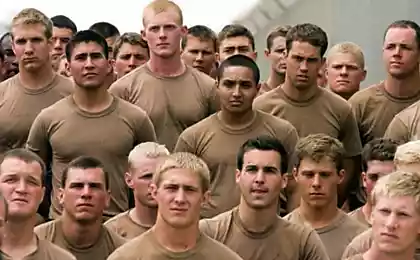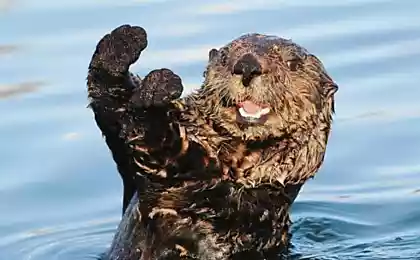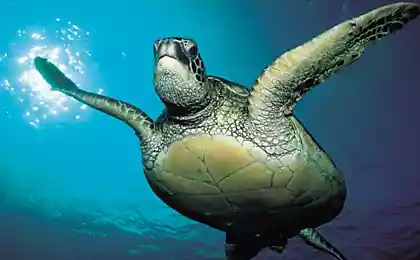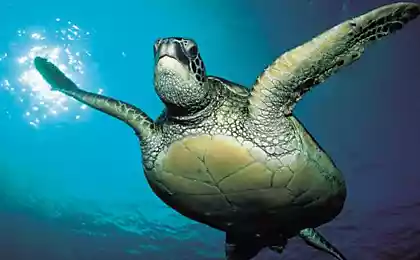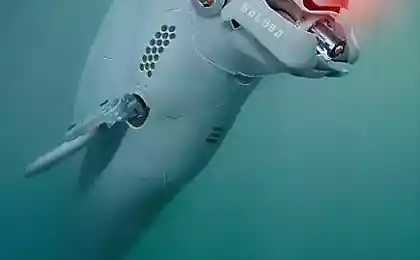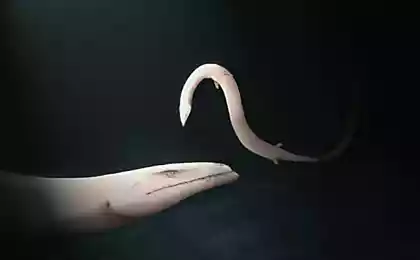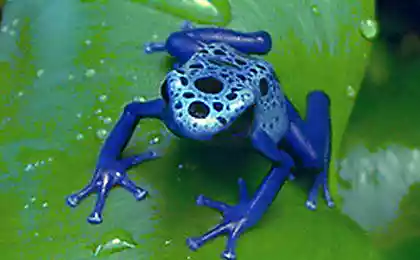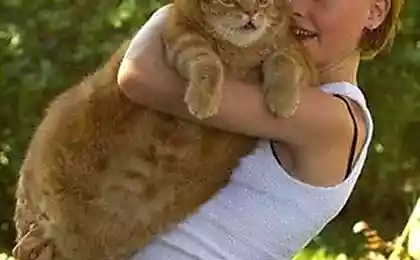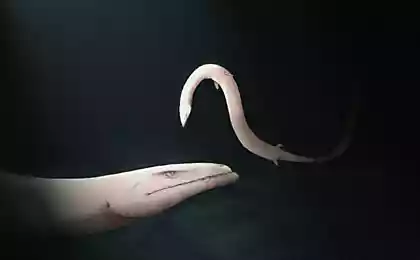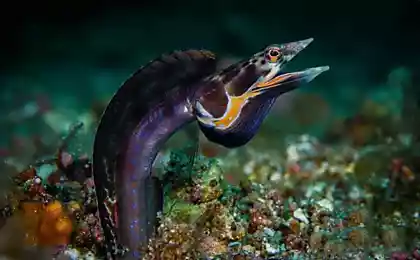3691
Thank vydrushki
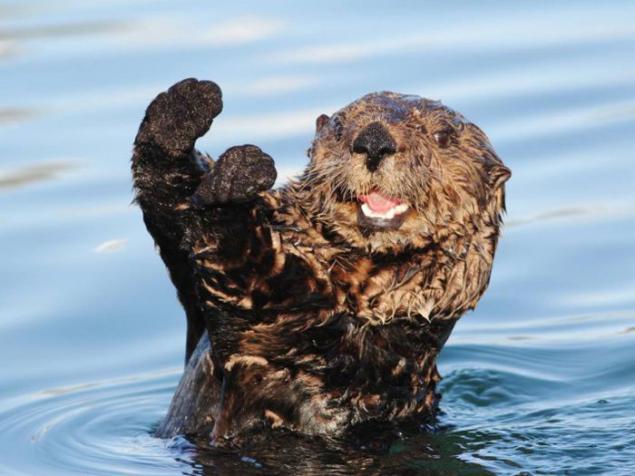
Vital
Kala, or sea otters, are the cornerstone of the food chain, which allows you to save our environment.
Without them, the animals that eat otters would eat at an alarming rate thickets of kelp in the Pacific Ocean. Without kelp, in turn, the ocean and the air would quickly filled all the excess carbon dioxide that these algae absorb. Thus, we can breathe only because sea otters are hungry. Let us be grateful to them.
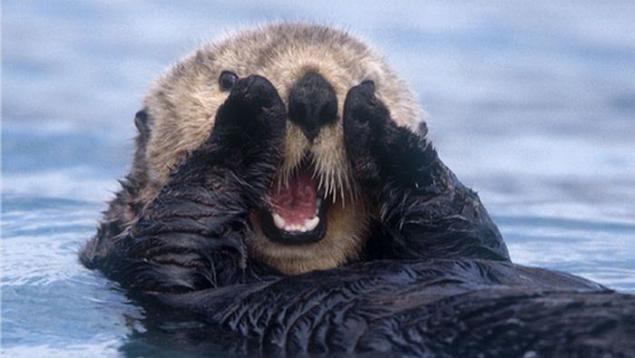
Fluffiest
Sea otters - the happy owners of the thick fur of all members of the animal kingdom. More specifically, they have from 250 thousand to one million hairs on 6, 5 cm2.
This coat - their only protection from the cold, because unlike other marine animals, otters do not have a thick fat layer.
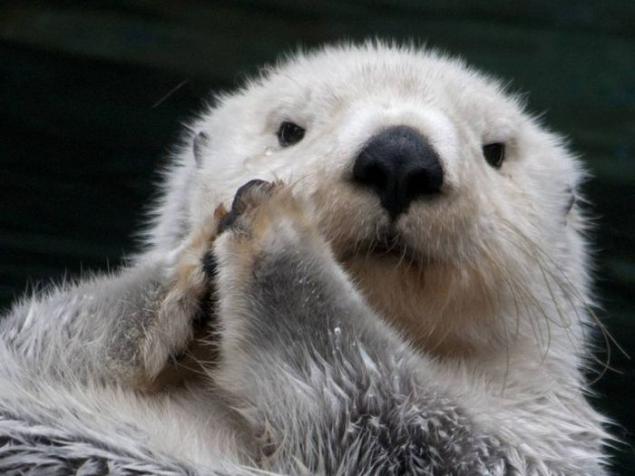
Curse of Fame
But somehow just did this beautiful fur and brought them trouble.
Historically otters become the main purpose of the fur hunters. Unrestricted hunting in the 1900s reduced the number of more than a million to a few thousand. Thanks to the meticulous efforts to preserve the population of these animals, today their number reaches approximately 106,000 worldwide. But this figure is not high.
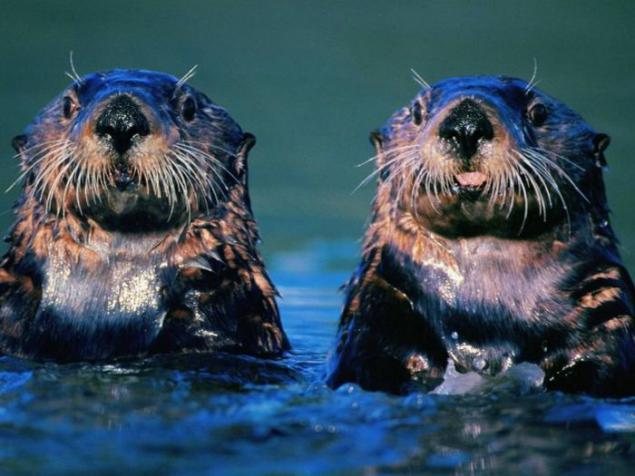
Motherhood and polygamy
For sea otters is not characteristic of forming a family, and one male may be several partners. However, females are passionately protect babies and take care not only of their own, but also about abandoned babies.
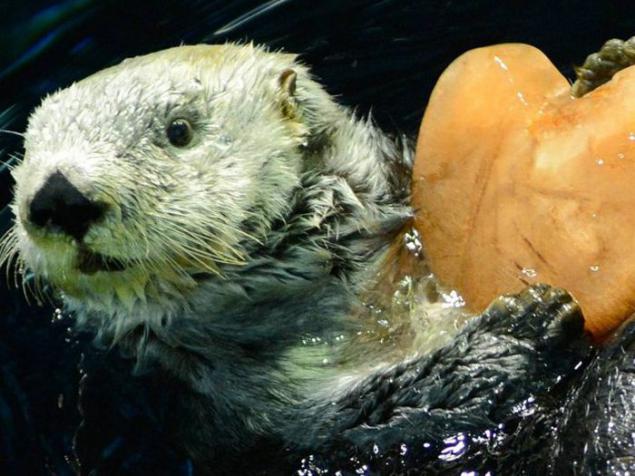
Otters quite self-sufficient
And while they rest in flocks, raise their young and regularly mate, sea otters are not really very sociable animals.
Each otter is ready to spend most of his time alone with yourself and happy with this, and she is able to take care of their protection, hygiene or foraging.
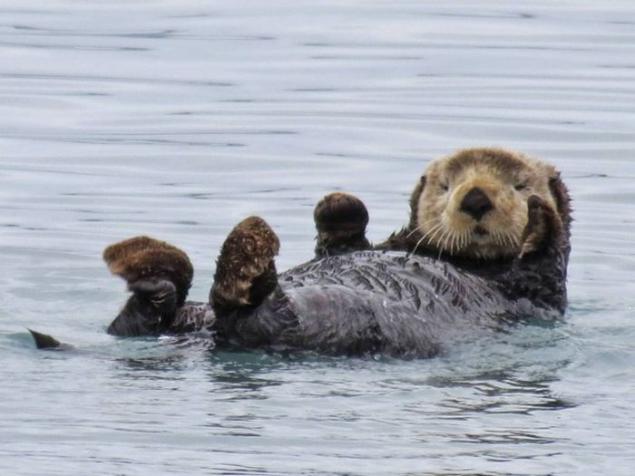
And very smart
Sea otters are one of the few species that use the surrounding objects as toys or tools. They know how to use a stone as a hammer and do not lose your favorite devices.
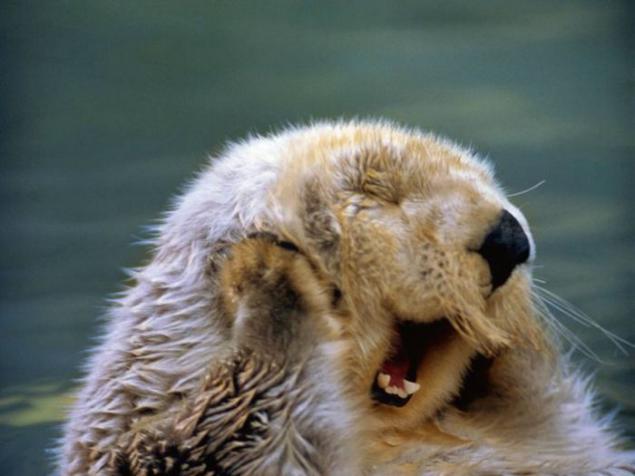
Alluring rafts

Sea otters like to rest, floating on his back, and thus forming a sort of living raft, and boys separately, girls - separately. To for not separating them from each other, they all cling to the foot.
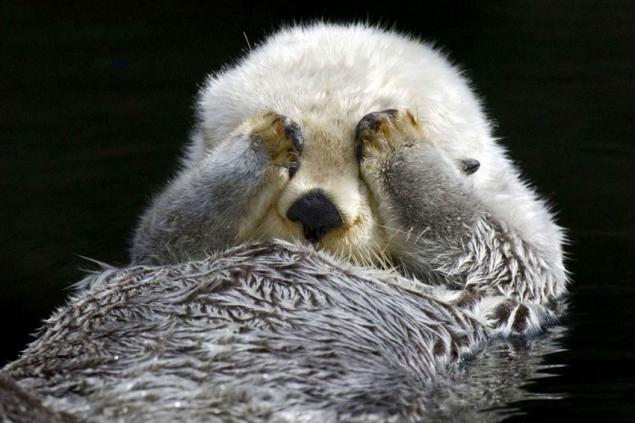
"Flesh" in otters, males usually larger than females. The largest ever seen by man consisted of 2,000 sea otters, all of which kept the neighbors behind the presser foot.
Source: mixstuff.ru


